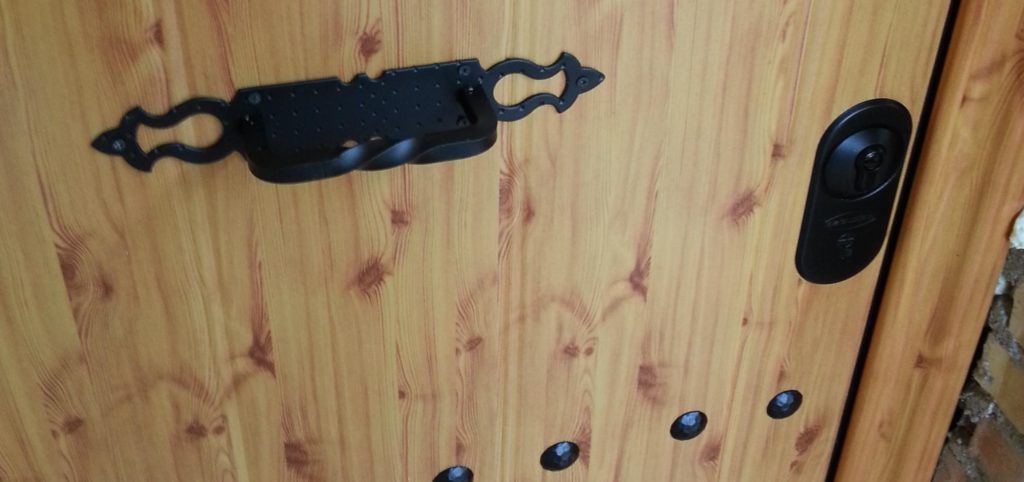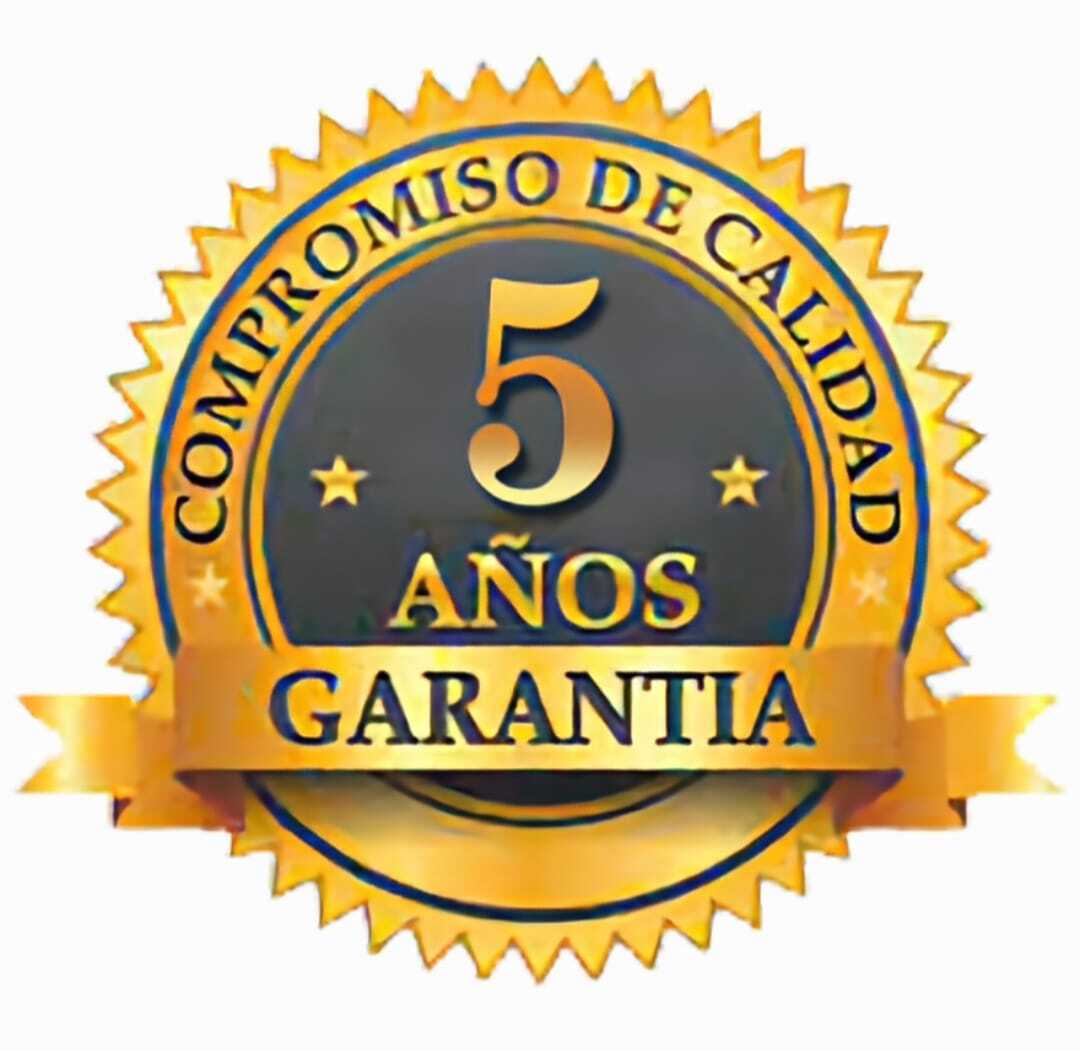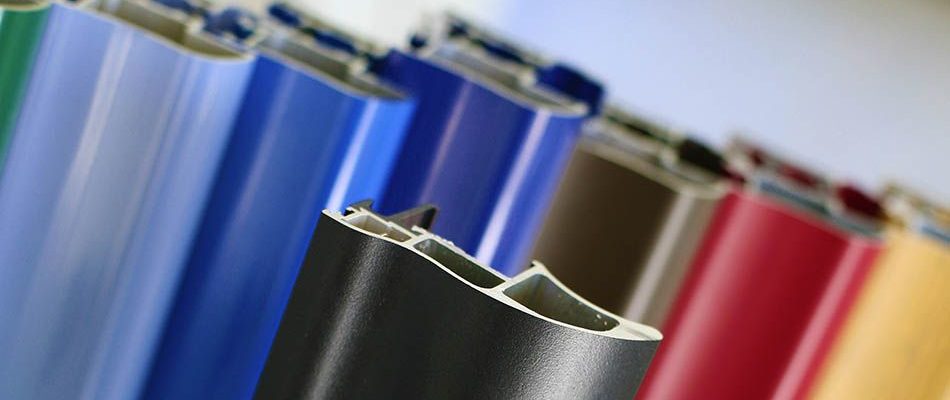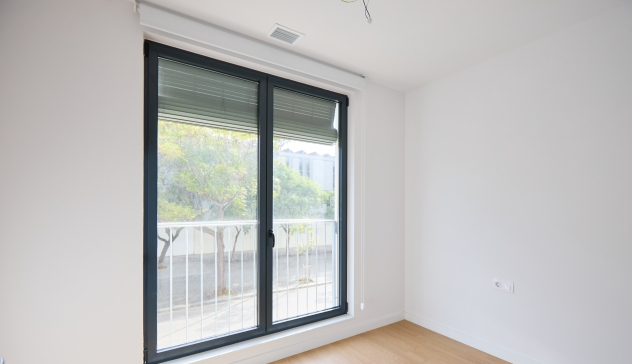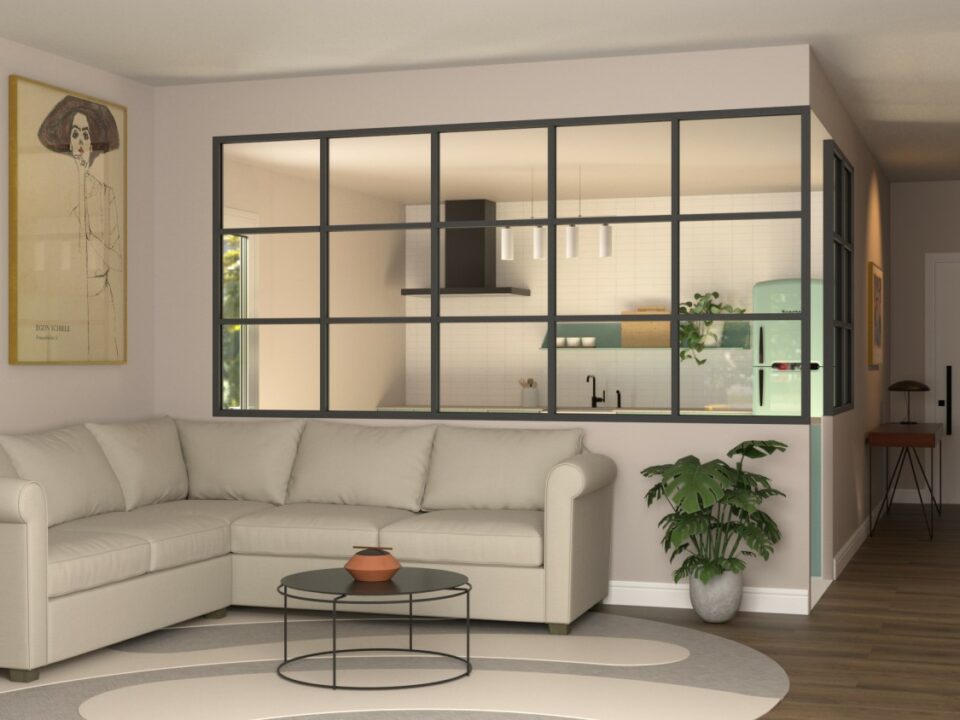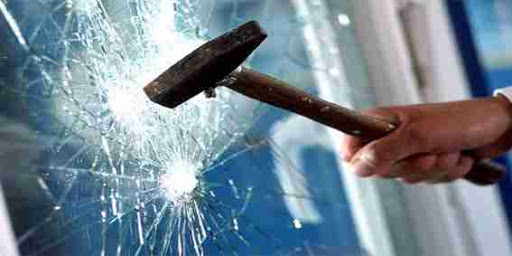
Safety Glasses
12 May, 2020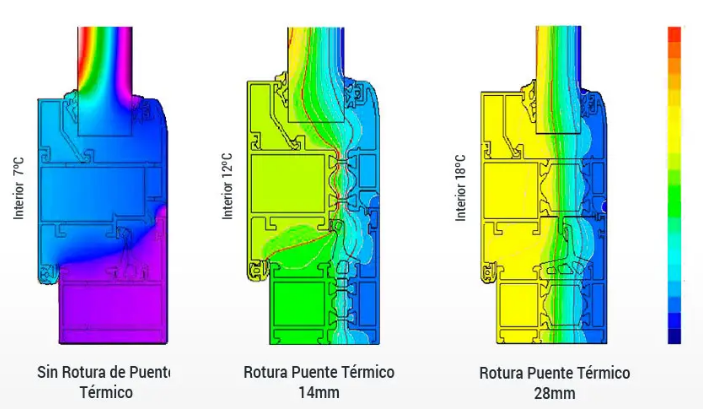
Offer for a limited period in Ponsico Aluminum Carpentry
25 May, 2020Currently there are many possibilities of decoration. Years ago it was only possible to provide the metallic silver tone to doors, windows and enclosures, today there is a wide variety of finishes and shades for you to choose the one that best suits the decoration of your home. These types of finishes can be used for all types of enclosures, from windows and doors to mosquito nets and blinds.
These are the three types of aluminum profile finishes most commonly used today:
- Anodized
- Lacquered
- Wood effect
Anodized
Aluminum anodizing (or anodic oxidation) is an electrolytic treatment that allows to create artificial layers of aluminum oxide on the surface of the profiles.
As it is a film of its own rust, its bonding is due to chemical bonding forces. This link between the protective layer and the material means that this finish achieves profiles that are extremely resistant to corrosion, abrasion and wear.
This finish has a somewhat complex process, consisting of:
- Degreasing bath + washing.-This bathroom removes any other dirt that may remain after the extrusion process. This results in a clean, chemically prepared surface.
- Chemical pickling or satin + washing.-In this step natural oxide is removed, achieving a silky and satin finish.
- Neutralized + washed.-Here the remains of the previous pickling are removed, to avoid contamination in the next process and have a neutral surface.
- Anodic oxidation + washing.-This is the step is very important, and the one that defines the anodizing process. It is an electrolytic bath by which the anodic layer is formed. By inducing an electric current between the anode+ and the cathode-, the water ions (H2O) tend to oxidize the aluminum, forming the desired layer of alumina on the surface of the profile. However, this “barrier film” acquires a series of uniformly distributed pores, which, as weak spots, must be dealt with.
- Color bath + wash.-This process is optional, as the material could be presented in its natural color. In this treatment, the pores described above are filled with metal salts or different chemical compounds that would provide the desired color.There is a wide range of colors in anodized (burdeos, blue, green, black, grey, bronze, stainless steel, champagne, gold, natural …) and different finishes (matt-blasted, pleasant, gloss, sandpaper, polishing, repulsed or combinations of these).
- Washing in deionized wáter.-In this process, the profiles are washed to leave them completely clean and free of acids.
- Sealing pores.-This process is of great importance. There are two methods to achieve the airtight sealing of pores: hydration and impregnation.
- Hydration: with the pore open, the profile is introduced in demineralized water. By hydrating the alumina layer increases its volume, tightly closing the pores.
- Impregnation: in this case the water contains metal salts that complete the pores, closing them watertightly.
It should be noted that the anodized finish of aluminum is the only treatment that protects 100% of the surface.
In Ponsico Aluminum Carpentry we have a wide variety of anodized profiles, contact us and we will advise you according to your needs.
If you want to learn more about aluminum anodizing click here.
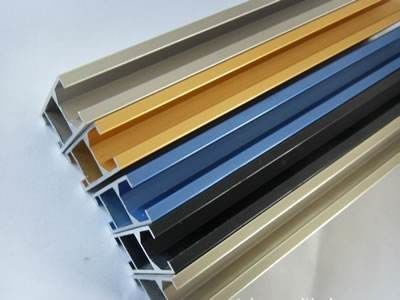
Lacquered
Lacquering treatment consists of protecting and painting the surface of the aluminium profile with the electrostatic application of a powder paint to the aluminum surface. The paints used for this finish are polyester or polyurethane resins. It is worth noting the high resistance of these finishes to UV rays, atmospheric agents and corrosion.
One of its main advantages of lacquering is that there is a very wide range of colors. All the coloring possibilities and shades are reflected in the RAL chart, which is a standard that attributes to each color a 4-digit code.
What is the aluminum lacquering process?
- Surface cleaning.-Sprays, or immerses itself in an acidic aqueous solution to leave the surface clean of greases, dust or any other dirt that may remain after the extrusion process
- Surface attack.- This process removes the natural layer of aluminum oxide. This process can develop in both an acidic medium and an alkaline medium.
- Conversion of the anchor layer (primer).- This is one of the most important phases of the process. The profiles are impregnated with a solution that gives them adhesion. The profiles are then taken to a drying oven to prepare them for the next phase.
- Application of paint.- This is the treatment that defines the lacquering process. A series of positively charged electrostatic guns spray the powder paint onto the profiles, with negative charge. In this way, the paint is attached to the surface. This paint consists of pigments and loads, additives and essentially resins, which confer the formation of the continuous and solid paint film, well adhered to the surface and acting as a barrier to moisture.
- In-furnace polymerization.- In this phase the thermo-hardening of the resins is performed. They are placed in air convection furnaces at a temperature between 180 and 200ºC for about 20 minutes, which melts the resins eventually attaching them to the profile. The thicknesses that are achieved are very uniform, from 60 to 80 microns.
Subsequently, the tests required by the certifying body of quality seals would be carried out; QUALICOAT.
For the maintenance and cleaning of lacquered aluminum doors and windows, it is advisable to use neutral products and non-abrasive elements. This will preserve protection for many years.
If you want to learn more about aluminum lacquer click here.
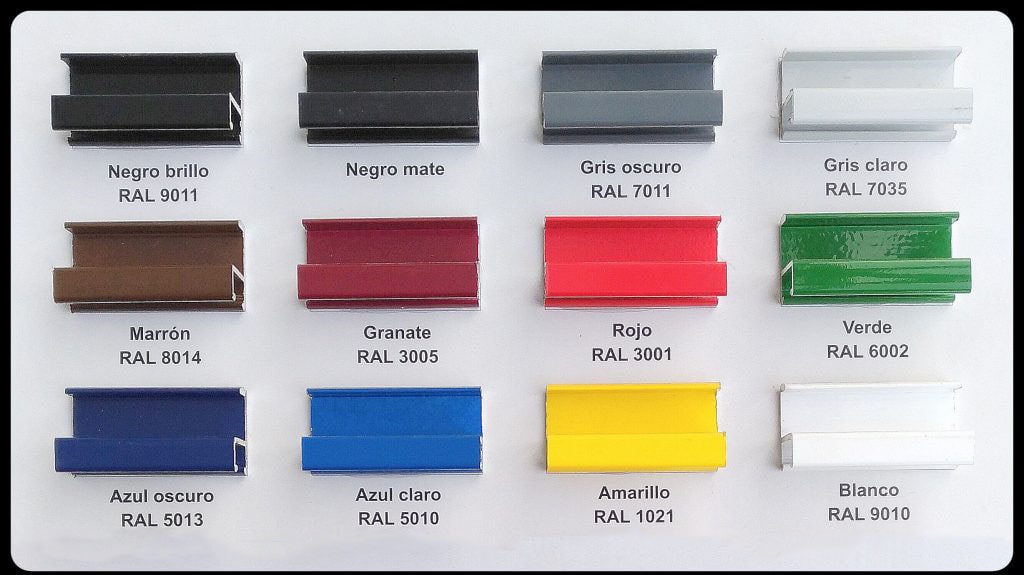
Wood effect
The wood effect on aluminum doors and windows is having a great acceptance by our customers of Ponsico Aluminum Carpentry, you will probably have wondered how they can achieve this effect, veins, knots and other characteristics of wood.
We explain how the wood effect is performed on the aluminium profiles, this is possible thanks to the Sublicromia process.
This Sublicromia process through which our profiles pass is divided into several steps.
First, a lacquer is made in a base color of the color of the wood that we want to give the effect to the profiles.
Once we have the aluminium profiles coated, we subject them to a heat transfer technique, also called thermo-printing or heat transfer, based on the physical effect of sublimation.
Next, we roll our applied aluminum profiles with the printing papers, which contain dye and resins of cellulosic origin, drawing the knots and veins previously designed, and put them in a transport cart. This trolley has silicone rubber membranes that create a vacuum to favor the perfect adaptation to the shape of the profiles for our aluminum profiles.
Finally, we insert the cart with the aluminium profiles in an oven at a temperature between 190ºC and 210ºC. There the sublimation process is carried out.
With different printing papers combined with the colors of the coating, we get multiple finishes that represent the wood of trees such as pine, walnut, oak ….
If you want to expand on the wood effect of aluminum click here.
